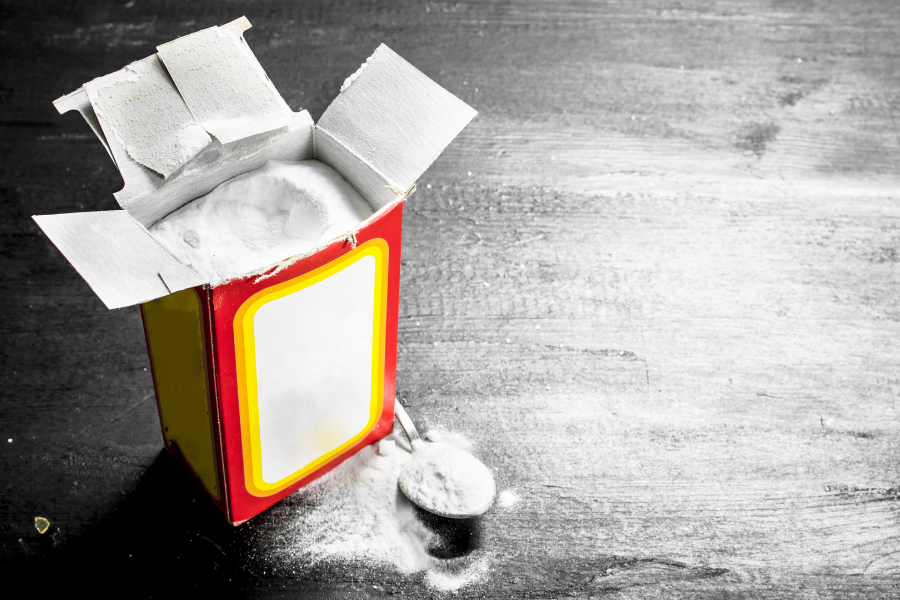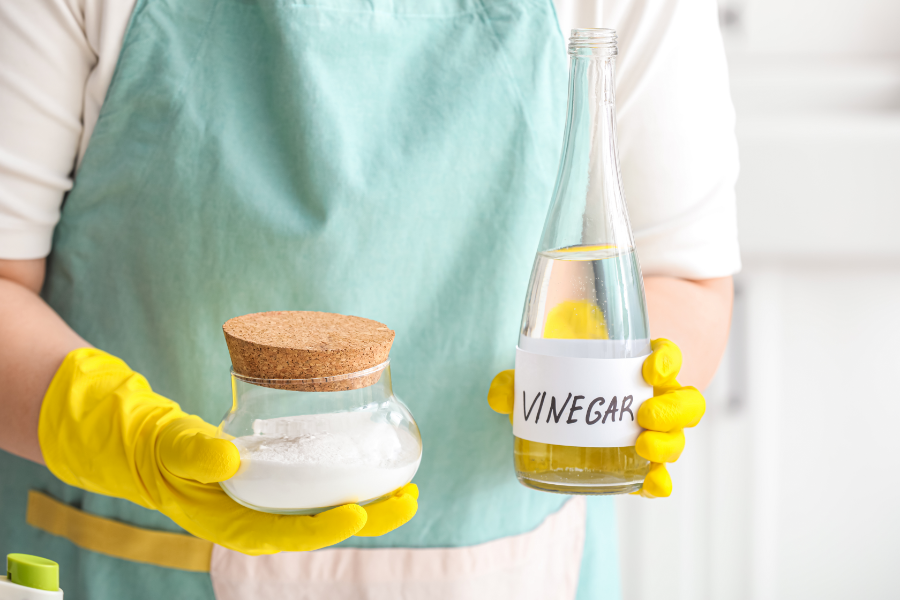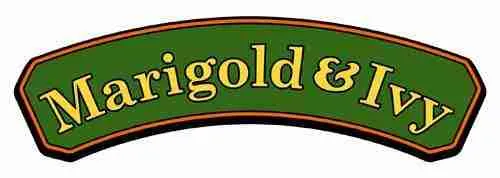You probably don’t worry about cleaning your clogged drain pipes; after all, there are numerous drain-cleaning products you can buy at your local supermarket. However, baking soda is among the best cleaning remedies available, and it’s right in your kitchen. But can baking soda clean drains?
Yes, baking soda can clean drains. Baking soda is a common household product that can help clear stinky and clogged drains.
Fat, oil, and grease are the most typical causes of clogs in kitchen drains. Hair and scum from personal products are the most common causes of obstructions in bathroom drains.
It’s worth trying baking soda before using chemical drainage cleaners or disassembling the drain trap.
Science of Baking Soda

Sodium bicarbonate (NaHCO3), popularly known as baking soda, is a crystalline salt found in nahcolite deposits as a natural mineral.
Baking soda, this unassuming salt, has a plethora of domestic and industrial applications, including culinary additives, medicine, and cleaning products.
Pyrotechnics, fire extinguishers, fungicides, and insecticides also contain it. And it could have new applications for businesses wanting to reduce their environmental impact.
What Is the Best Way to Unclog a Drain with Baking Soda?
When using baking soda and vinegar to clean a drain, the two mixing together create a chemical reaction.
Baking soda, or sodium bicarbonate, is a base ingredient. Vinegar is an acid. When two colliding molecules swap places, it produces carbon dioxide.

When CO2 reacts with the water in the environment, bubbles travel through the blockage, breaking up and loosening the tightly packed debris.
Likewise, when hot water enters unpressurized pipes, it causes a flush, which forces the material down. Gravity also aids in loosening any sloppy goop that is clogging the pipes.
Can Baking Soda Clean Drains of Odor?
Baking soda deodorizes by neutralizing the foul odors in your drain. Below is a video showing how to deodorize a drain with baking soda and vinegar.
Can Baking Soda Clean Drains on a Budget?
Cleaning drains with baking soda is budget and environmentally friendly, and convenient. Households with small children can also limit the risk of having harsh chemicals around the house that can be tampered with or spilled.
Baking soda is a cost-effective alternative to store-bought drain cleaning products. And when used correctly, save you money on plumbing bills.
Can Baking Soda Clean Drains Safely?
Using baking soda is safer than a chemical drain cleaner and easier to use than disassembling the drainage trap to clear a clog.
Toxic drain cleaners can damage surfaces if spilled and cause health issues if inhaled or touch your skin.
Chemical cleaners are generally discouraged by professional plumbers. However, some apartment complexes expressly prohibit their usage.
So, instead, try one of these simple DIY baking soda solutions to unclog a drain without looking for a caustic cleaning solution.
Is Using Baking Soda to Clean Drains Environmentally Friendly?
If you’re wondering if baking soda is an environmentally friendly product – the answer is yes. That’s one of the great things about using baking soda to clear drains.
Water will rapidly dilute it, causing no harm to ecosystems when it passes through the water treatment facility.
The only drawback is that larger, more stubborn blockages may necessitate the use of harsher chemicals or the assistance of a plumber.
If you try to unclog a drain using baking soda and it doesn’t work, you might need to hire a professional.
How to Clean a Drain with Baking Soda

A completely clogged drain would require the assistance of a professional plumber, but a partially clogged drain may be resolved quickly with baking soda and vinegar.
This mixture will dissolve the sludge and push it through the pipes, allowing water to flow freely.
- Fill a pot with boiling water and pour it down the drain. Heat the water on the stove or in an electric kettle, but it must be boiling when it reaches the drain.
- After that, pour 1 cup of baking soda down the drain and leave it to sit for 5 to 10 minutes. You don’t need to add water or vinegar; only the baking soda will suffice.
- Now pour 1 cup of white vinegar down the drain. The 1:1 ratio is critical for a successful chemical reaction. A lot of foam should be bubbling to the surface and around the drain, indicating that the chemicals are working.
- Cover or plug the drain, then wait 5 to 10 minutes for the agents to do their work. After that, pour a saucepan of boiling water down the drain. This will help to loosen up the bubbly gunk you’ve made.
- Now, run warm water from the tap for 5 minutes.
Cleaning with Baking Soda on a Regular Basis
- Pour one cup (16 tbsp) of baking soda down the drain. Baking soda clears drains in both the bathroom and the kitchen. Do this regularly. To keep the baking soda from clinging to the insides of your sinks or tubs, dry them thoroughly.
- Over the baking soda, drizzle roughly 0.125 cups (2.00 tbsp) of warm water. Allow the baking soda to stick to the inside of the drain by moistening it. Drizzle around 0.125 cups (2.00 tbsp) of baking soda on top of it after dumping it into the drain. Slowly and carefully do this.
- Allow one hour for the baking soda to dissolve. Baking soda must sit for at least 60 minutes to dissolve debris and other deposits in your drains. To maintain track of the time, set the timer for an hour. Before then, avoid using the sink or tub.
- To get rid of the baking soda, run the water. Switch on the tap after an hour. Run hot water down the drain for several minutes. This is enough to flush the baking soda and any debris it may have dislodged. To avoid clogs, repeat this cleaning operation once a week on your drains.
When Should You Clean Your Drains?
Flush your drains once a week with hot water mixed with a liquid grease-fighting dish detergent.
When you realize the water is draining slowly, clean your drain with baking soda using the previous procedure. Also, use the same procedure to maintain drains regularly.
If you keep an open box of baking soda in your refrigerator to absorb odors, for example, when it’s time to replace the box, use the old baking soda to clean your kitchen drain.
Conclusion
It’s reasonable that when you think “drain cleaner,” baking soda isn’t the first thing that comes to mind. However, you should be aware that this household staple is beneficial in treating odors, cleaning, and unclogging drains, especially when used with vinegar.
Cleaning drains with baking soda is affordable, safe, and environmentally friendly.
The next time you have a clogged drain that needs cleaning and unclogging, use the instructions we have included in this post. And if possible, clean your drains with baking soda regularly.
If you’re interested in learning what else baking soda can clean in your home, check out our posts – Does Baking Soda Clean Bathtubs?

